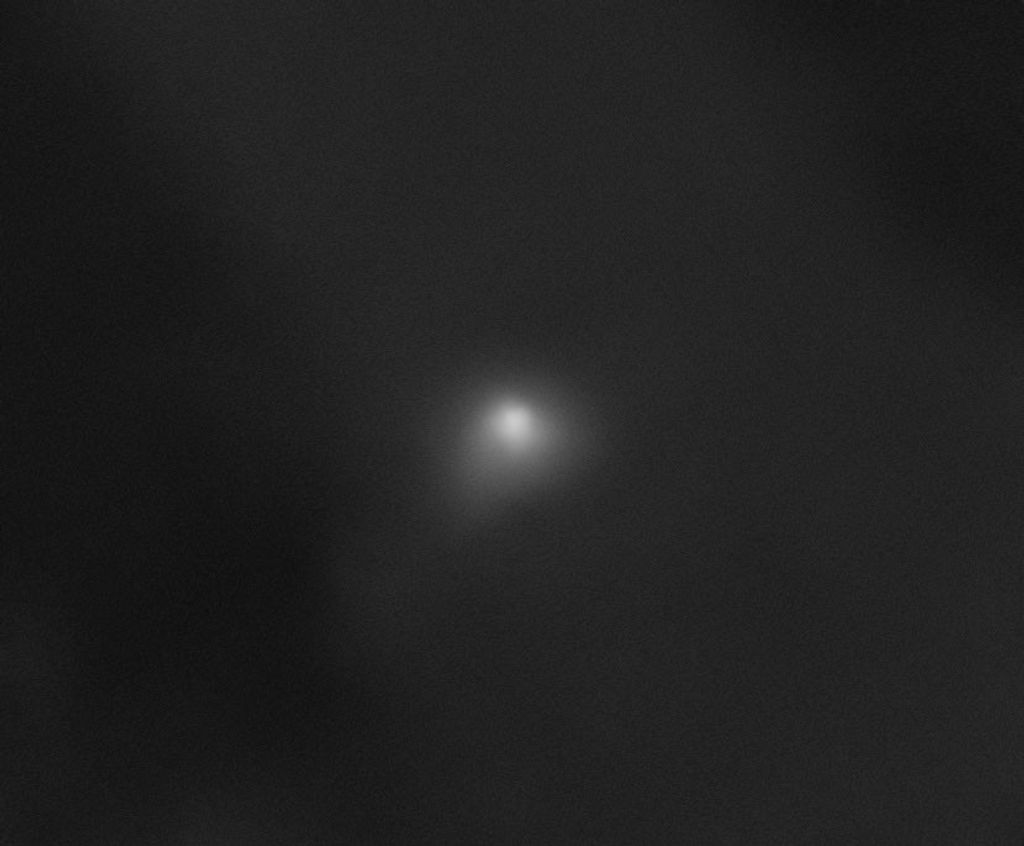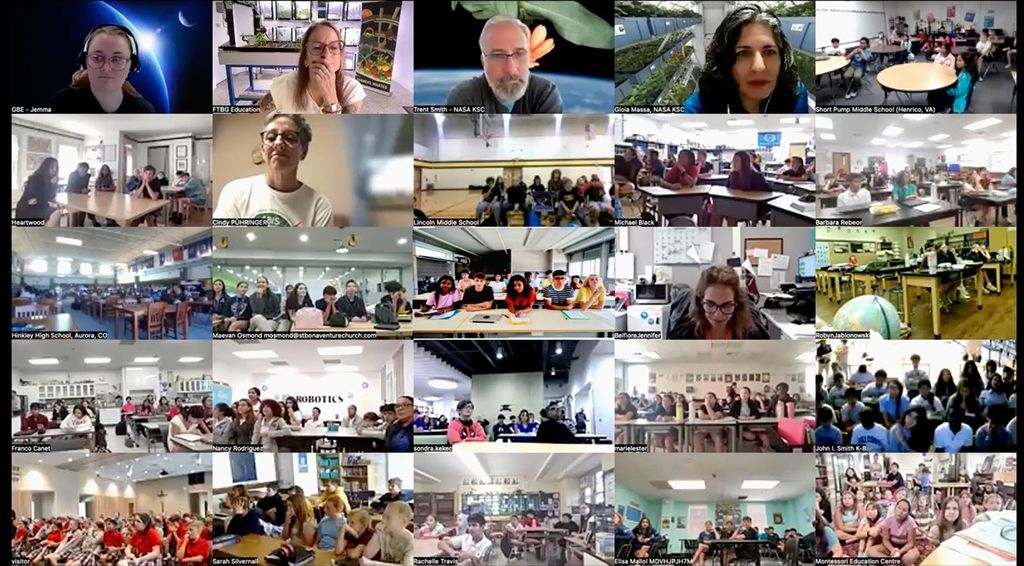WASHINGTON – NASA’s Robotic Refueling Mission (RRM) experiment aboard the International Space Station has demonstrated remotely controlled robots and specialized tools can perform precise satellite-servicing tasks in space. The project marks a milestone in the use of the space station as a technology test bed.
“We and our partners are making important technological breakthroughs,” NASA Administrator Charles Bolden said. “As we move ahead toward reaching our exploration goals, we will realize even more benefits from humans and robots working together in space.”
The Canadian Space Agency’s (CSA) robotic handyman, Dextre, successfully completed the tasks March 7-9 on the space station’s external RRM module, designed to demonstrate the tools, technologies and techniques needed to robotically refuel and repair satellites.
“The Hubble servicing missions taught us the importance and value of getting innovative, cutting-edge technologies to orbit quickly to deliver great results,” said Frank Cepollina, a veteran leader of five Hubble Space Telescope servicing missions and associate director of the Satellite Servicing Capabilities Office (SSCO) at NASA’s Goddard Space Flight Center in Greenbelt, Md. “The impact of the space station as a useful technology test bed cannot be overstated. Fresh satellite-servicing technologies will be demonstrated in a real space environment within months instead of years. This is huge. It represents real progress in space technology advancement.”
Before a satellite leaves the ground, technicians fill its fuel tank through a valve that is sealed, covered and designed never to be accessed again. The RRM experiment demonstrates a remote-controlled robot can remove these barriers and refuel such satellites in space.
Dextre successfully retrieved and inspected RRM tools, released safety launch locks on tool adapters, and used an RRM tool to cut extremely thin satellite lock wire. These operations represent the first use of RRM tools in orbit and Dextre’s first participation in a research and development project.
RRM was developed by SSCO and is a joint effort between NASA and CSA. During the next two years, RRM and Dextre will conduct several servicing tasks using RRM tools on satellite parts and interfaces inside and covering the cube-shaped RRM module.
NASA expects the RRM results to reduce the risks associated with satellite servicing. It will encourage future robotic servicing missions by laying the foundation for them. Such future missions could include the repair, refueling and repositioning of orbiting satellites.
“We are especially grateful to CSA for their collaboration on this venture,” Cepollina said. “CSA has played a pivotal role in the development of space robotics, from the early days of the space shuttle to the work they are doing with Dextre on space station.”
During the three-day RRM Gas Fittings Removal task, the 12-foot (3.7-meter) Dextre performed the most intricate task ever attempted by a space robot: cutting two separate “lock wires” 20 thousandths of an inch (0.5 millimeters) in diameter using the RRM Wire Cutter Tool (WCT). Deftly maneuvered by ground-based mission operators and Dextre, the WCT smoothly slid its hook under the individual wires and severed them with only a few millimeters of clearance. This wire-cutting activity is a prerequisite to removing and servicing various satellite parts during any future in-orbit missions.
RRM operations are scheduled to resume in May 2012 with the completion of the gas fittings removal task. The RRM Refueling task is scheduled for later this summer. NASA and CSA will present RRM results at the Second International Workshop on on-Orbit Servicing, hosted by Goddard May 30-31, 2012.
Dextre and RRM are an example of how robots are changing operations in space. Another is Robonaut 2, or R2, a project of NASA and General Motors. R2, the first human-like robot, was launched into space in 2011 and is a permanent resident of the International Space Station.
For more information about RRM or the On-Orbit Servicing Workshop, visit:
For information about NASA and agency programs, visit:
– end –
text-only version of this release
NASA press releases and other information are available automatically by sending a blank e-mail message to hqnews-subscribe@mediaservices.nasa.gov. To unsubscribe from this mailing list, send a blank e-mail message to hqnews-unsubscribe@mediaservices.nasa.gov.
Back to NASA Newsroom | Back to NASA Homepage
Michael Curie
Headquarters, Washington
202-358-1100
michael.curie@nasa.gov
Dewayne Washington
Goddard Space Flight Center, Greenbelt, Md.
301-286-0040
dewayne.a.washington@nasa.gov




























